
Sewing is a timeless craft that allows you to create and repair garments and other textile items. Whether you’re a complete beginner or have some experience, understanding basic sewing skills is essential for any sewing enthusiast. These skills form the foundation upon which you can build your sewing expertise. Let’s explore some key basic sewing skills:
1. Hand Stitching
Hand stitching is the most fundamental skill in sewing. Knowing how to create basic stitches like the running stitch, backstitch, and whip stitch allows you to sew by hand without a sewing machine. Hand stitching comes in handy for fixing small tears, attaching buttons, and adding delicate details to your projects.
2. Threading a Needle
Threading a needle may sound simple, but it can be a bit tricky if you’re not familiar with the process. Learning how to efficiently thread a needle with the appropriate thread size for your project is an essential skill to master.
3. Operating a Sewing Machine
A sewing machine is a valuable tool that can help you accomplish projects faster and more efficiently. Familiarize yourself with the different parts of the machine and learn how to thread it, wind a bobbin, and adjust the tension. With practice, you’ll be able to sew straight lines, create various stitches, and explore the machine’s functionalities to achieve professional-looking results.
4. Understanding Fabric
Knowing the characteristics of different fabrics is crucial for successful sewing projects. Learn about the various types of fabrics, how they behave when cut and sewn, and their care requirements. This knowledge will guide you in selecting suitable fabrics for your projects and enhance your overall sewing experience.
5. Taking Accurate Measurements
Precision is key in sewing, and taking accurate measurements is vital for achieving the desired fit and finish. Learn how to use a tape measure correctly and take key measurements like bust, waist, and hip. Additionally, understanding pattern size charts will help you choose the right pattern for your body measurements.
6. Basic Pattern Reading
Patterns provide instructions and guidance for creating a wide range of garments and items. Begin by familiarizing yourself with pattern symbols, markings, and layout instructions. As you progress, you’ll be able to interpret pattern terms, understand cutting layouts, and adjust patterns to suit your needs.
7. Seam Finishing
Seam finishing techniques prevent raw fabric edges from fraying, ensuring the longevity and durability of your sewing projects. Common seam finishes include zigzag stitching, French seams, and serging. Mastering these techniques will give your projects a clean and professional look.
8. Basic Alterations
Knowing how to make basic alterations to garments is a valuable skill. Hemming pants, taking in or letting out a seam, and replacing buttons are some basic alterations you can learn. These skills empower you to modify ready-to-wear clothing for a better fit, extending their lifespan.
By mastering these basic sewing skills, you’ll be well-equipped to explore more complex techniques and tackle a wide array of sewing projects. Don’t be afraid to experiment, learn from mistakes, and enjoy the creativity and satisfaction that sewing brings!

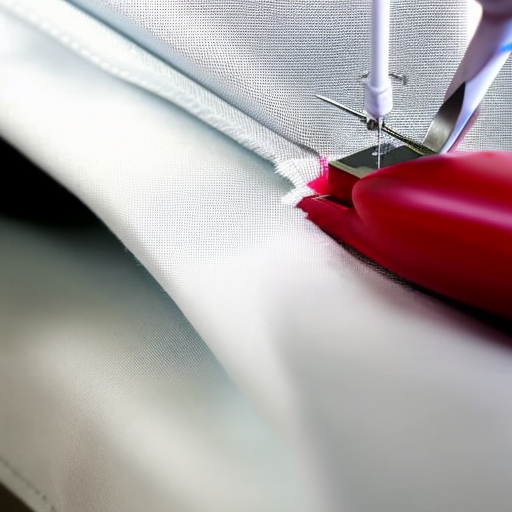
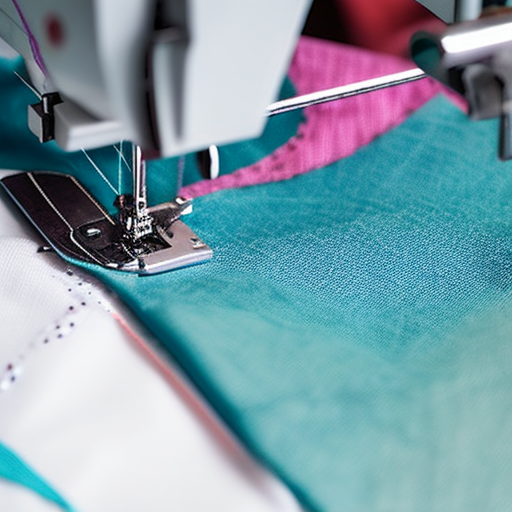
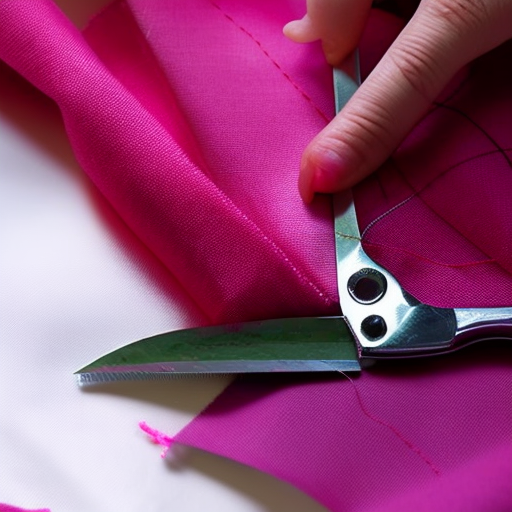
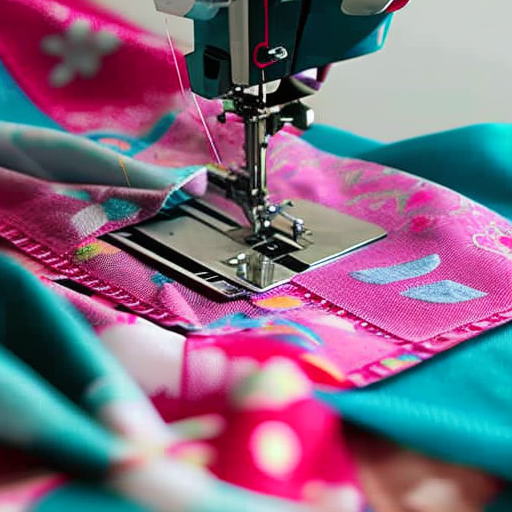
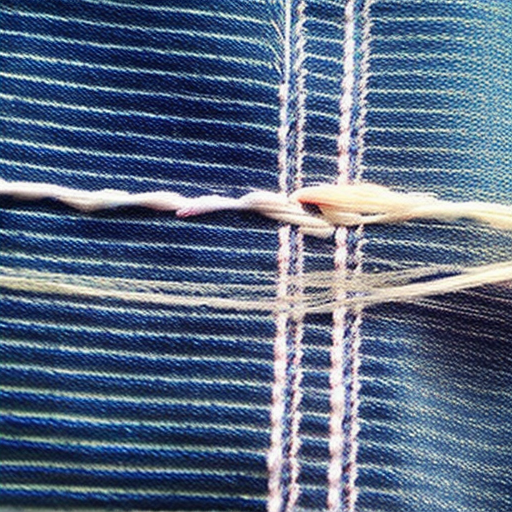
I’m excited to learn a few basics!
Great question! Sewing is a great skill to have, and learning the basics will make more intricate projects much easier. It’s never too late to start learning – let’s get sew-ing!